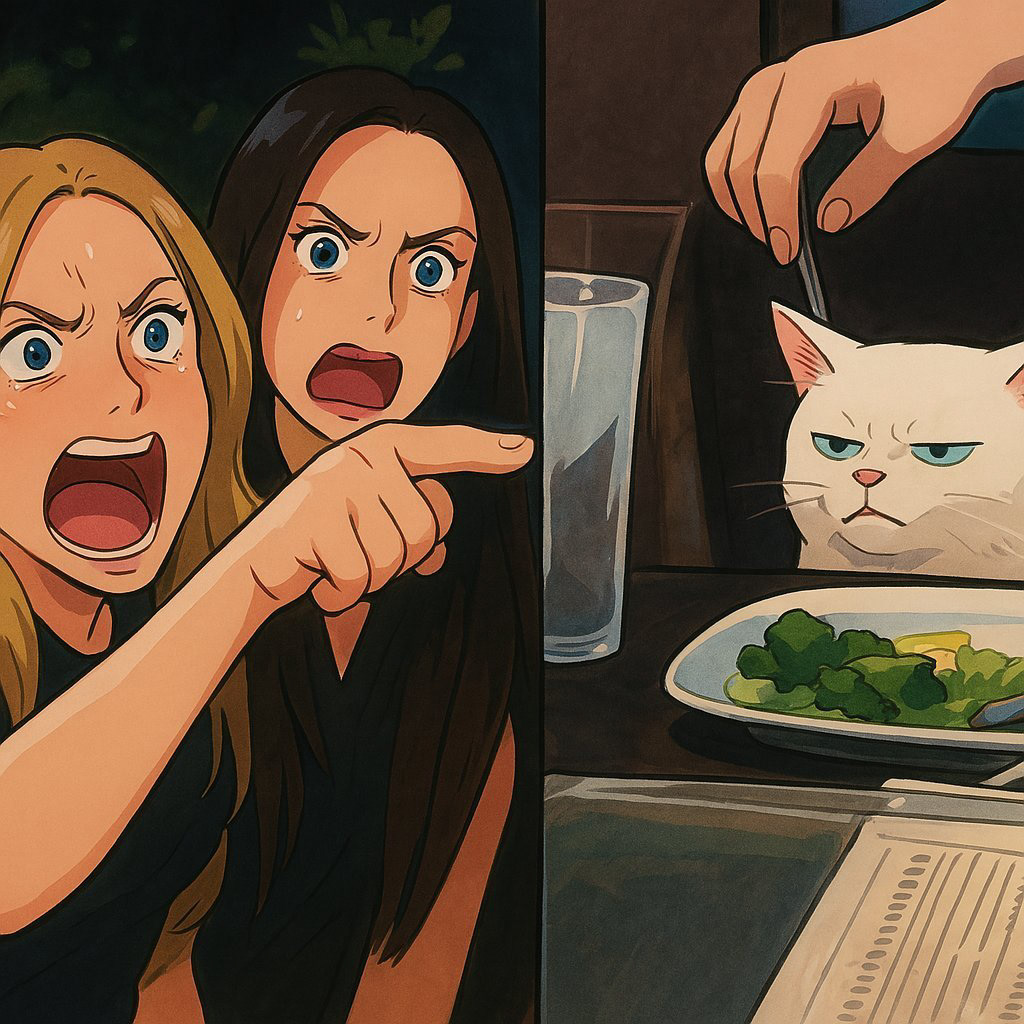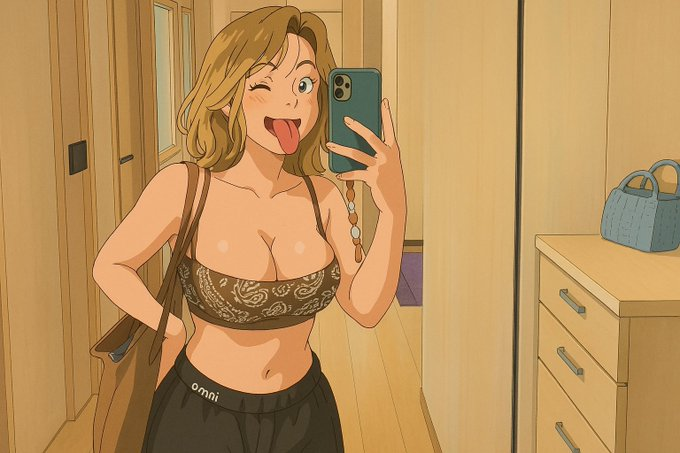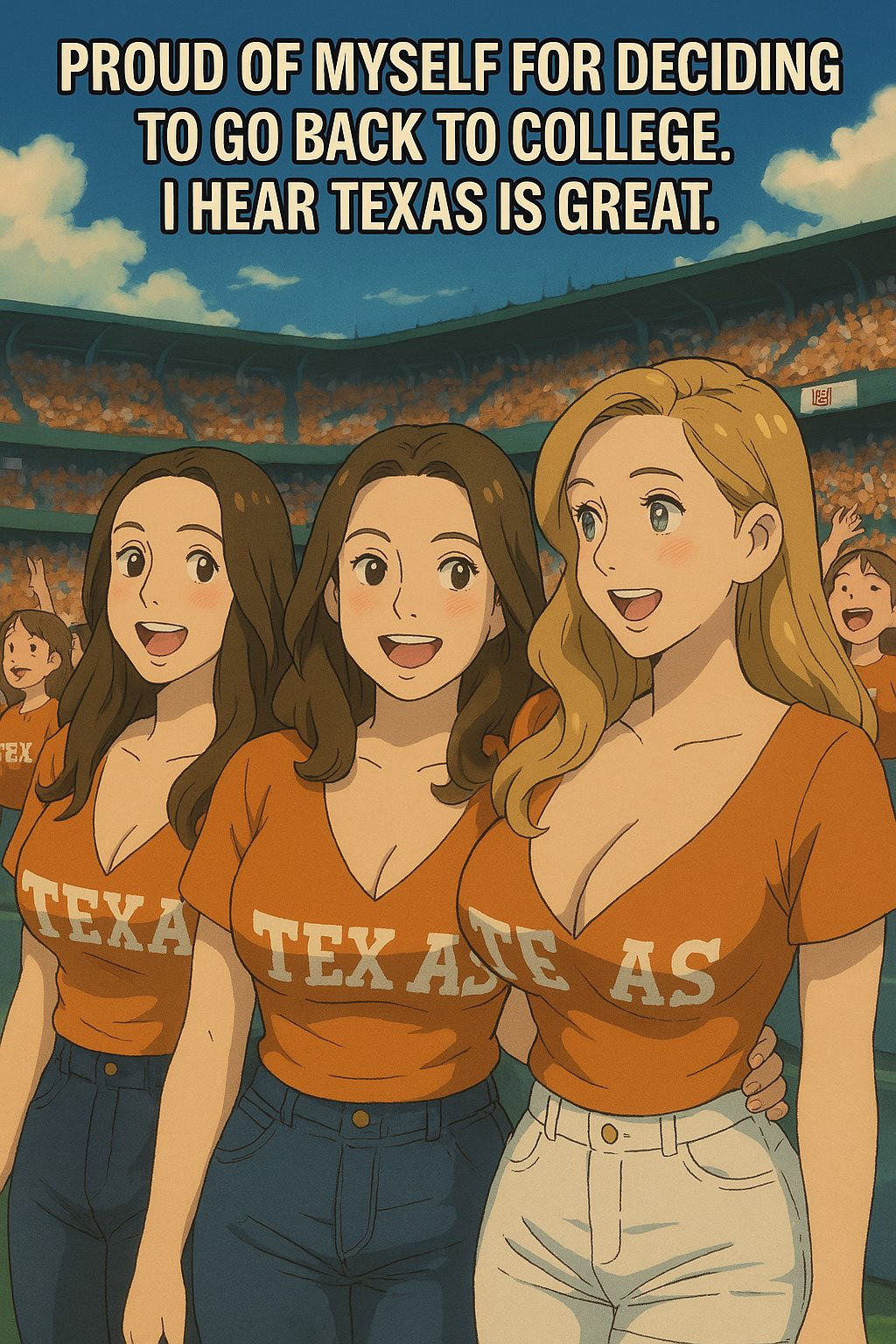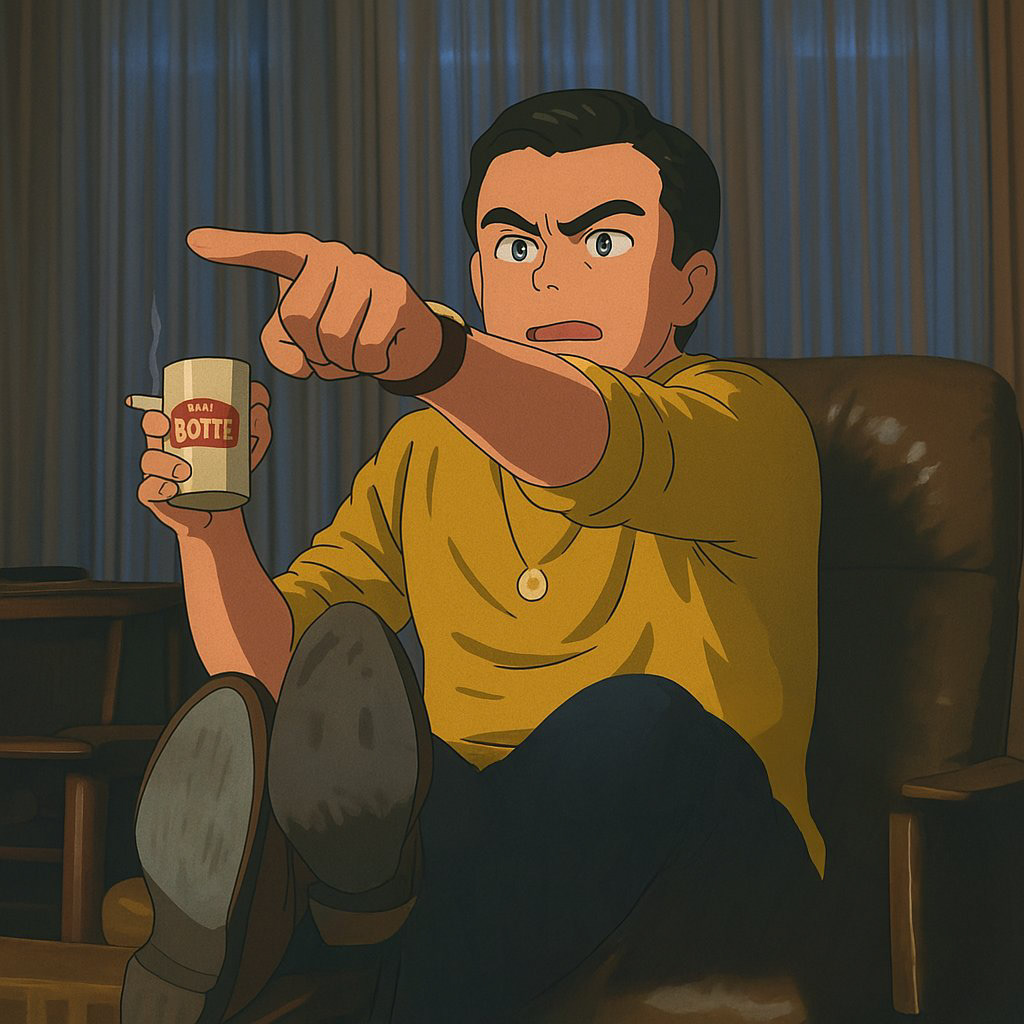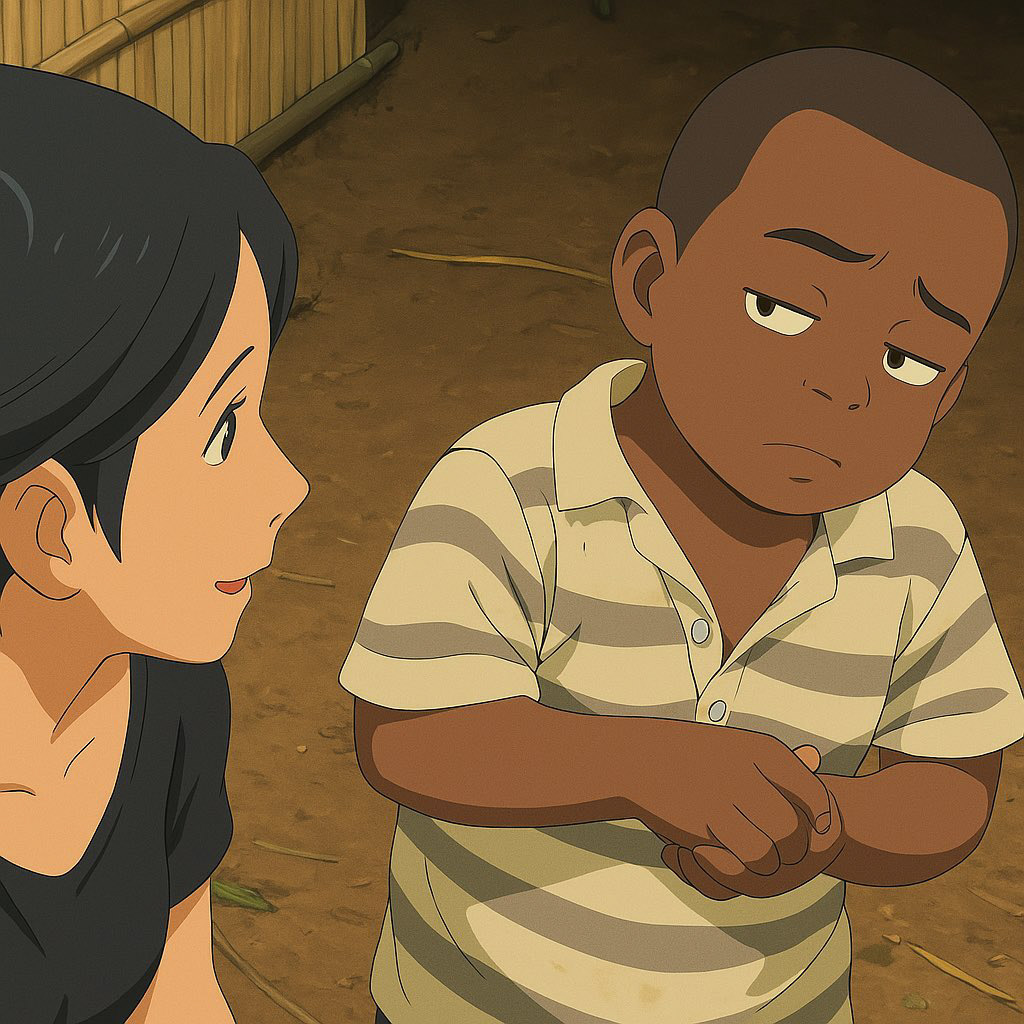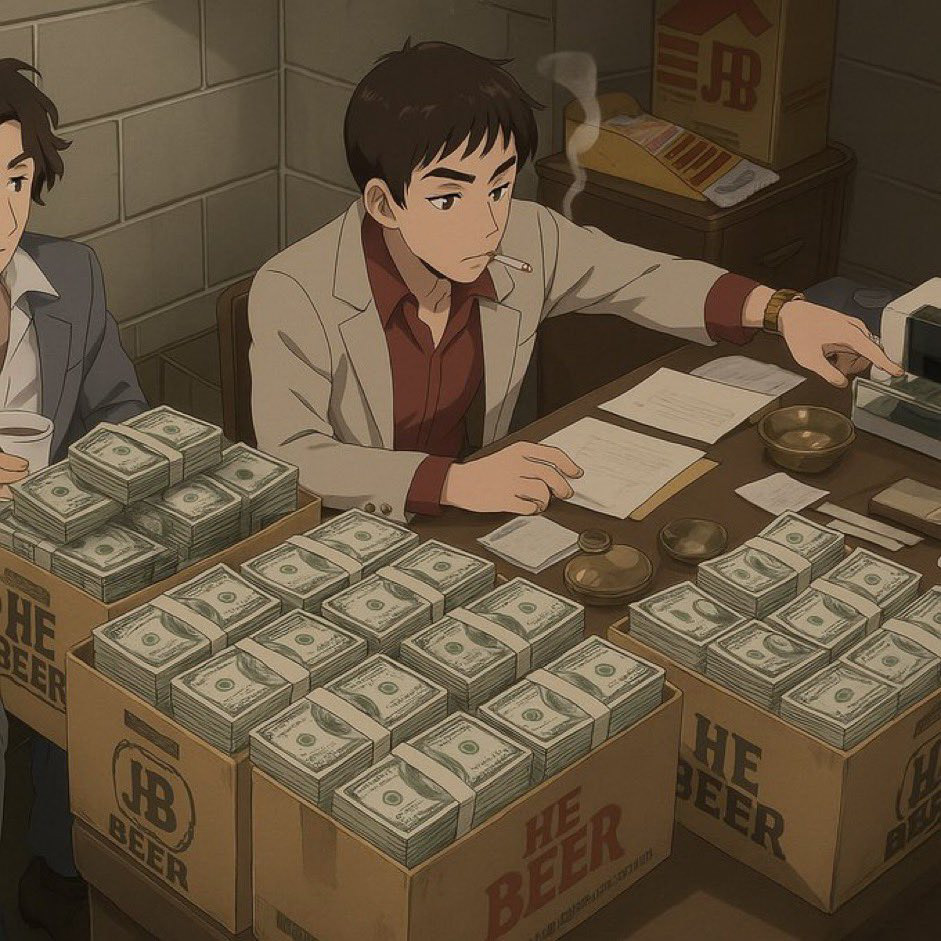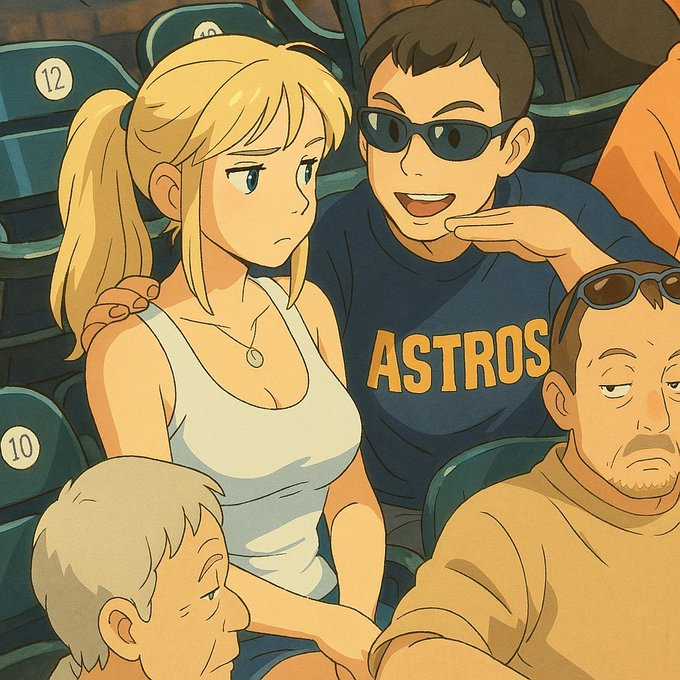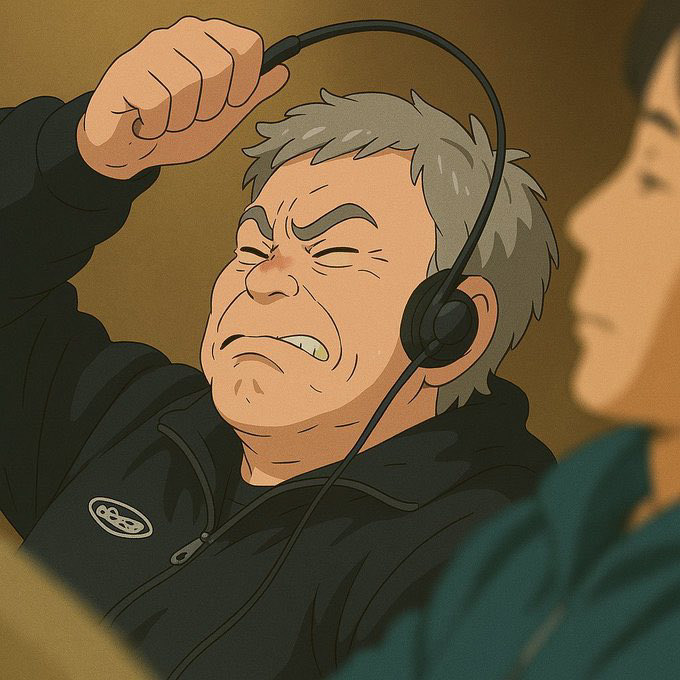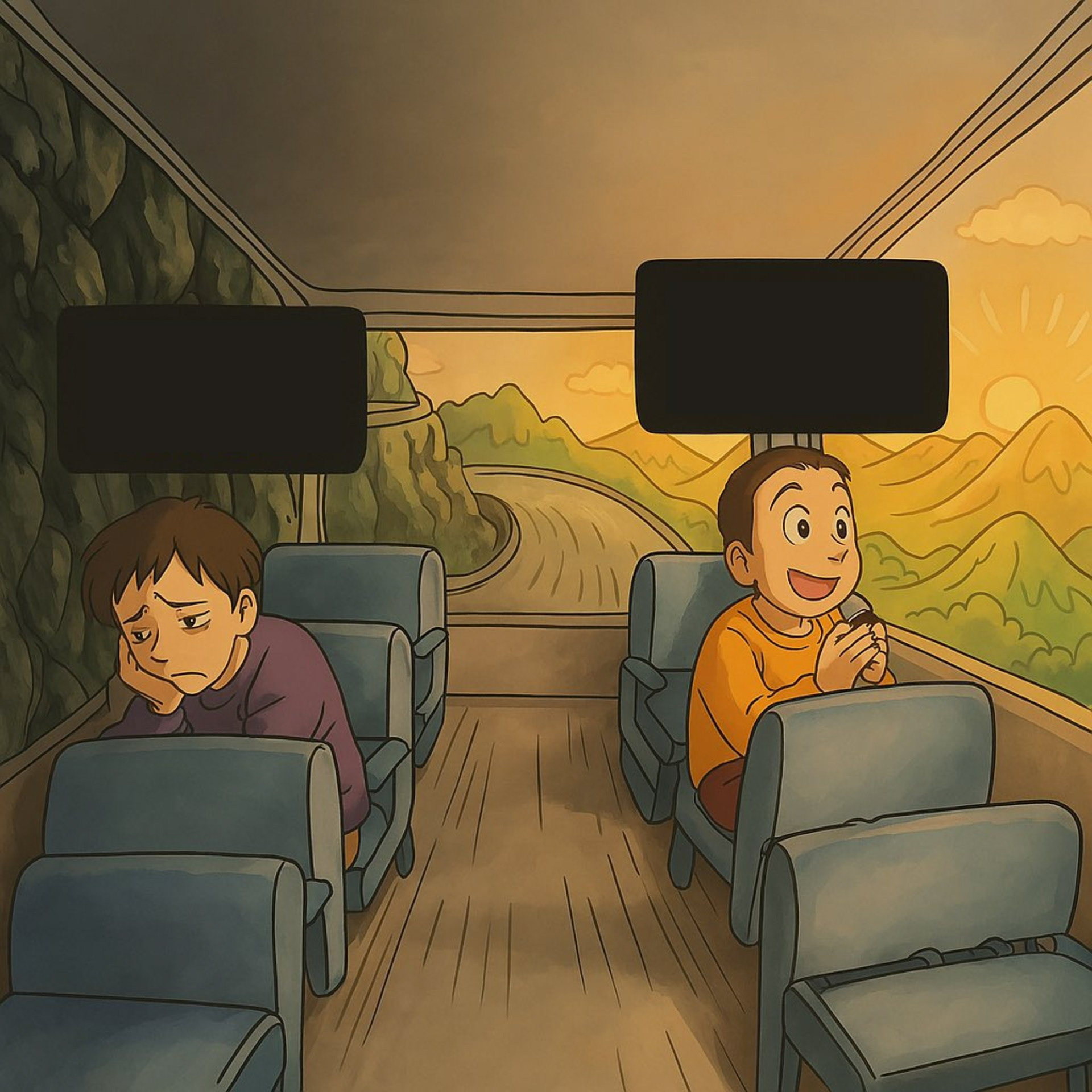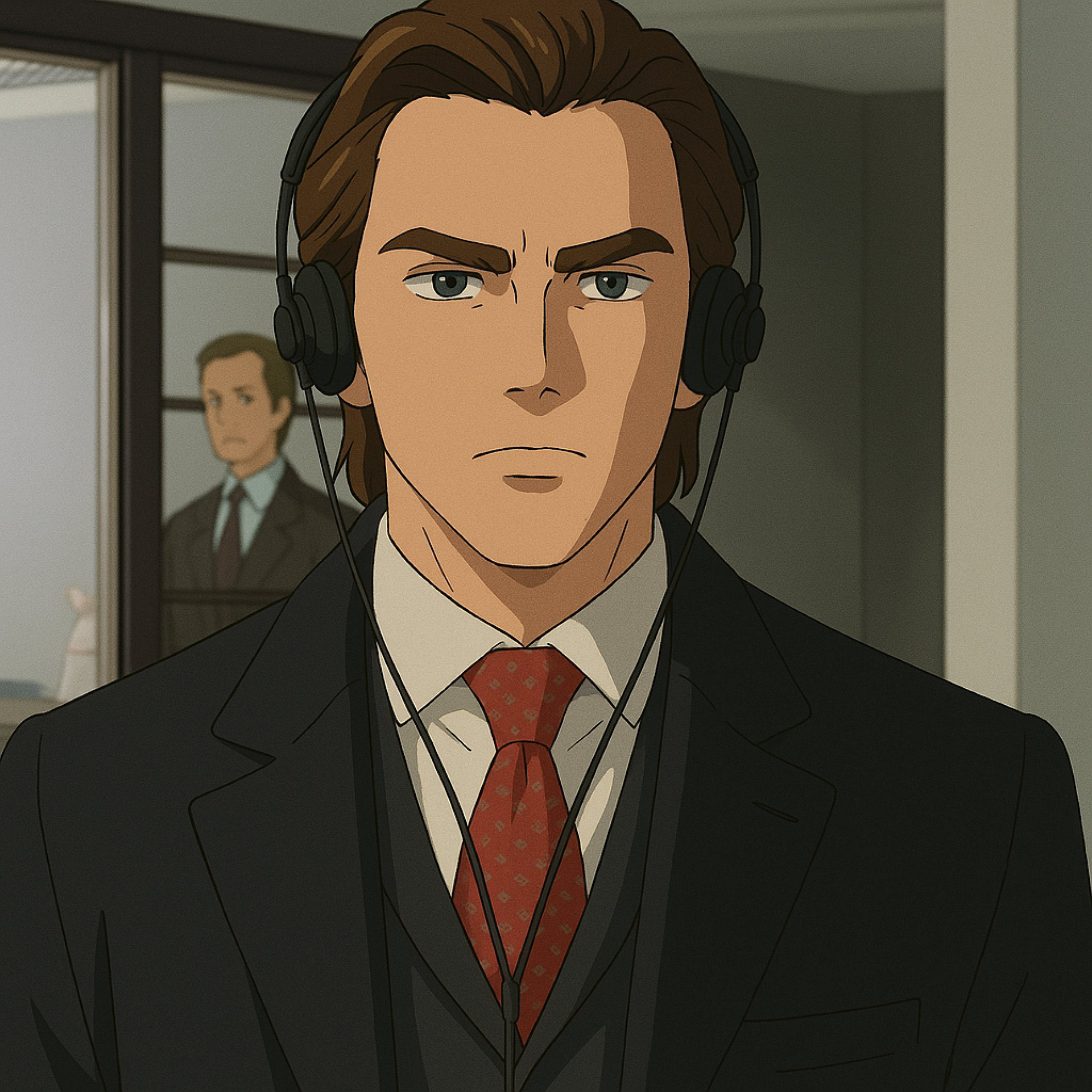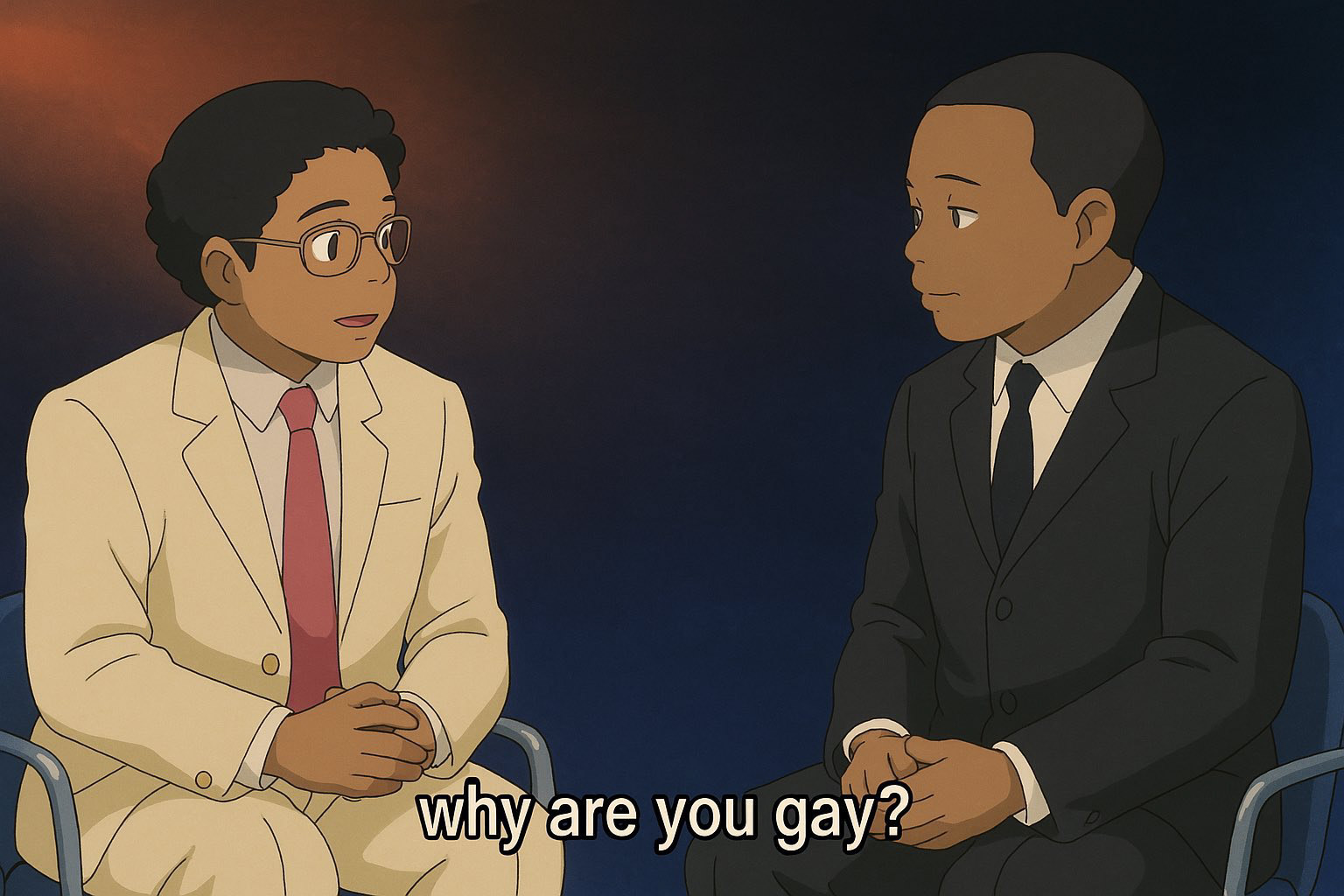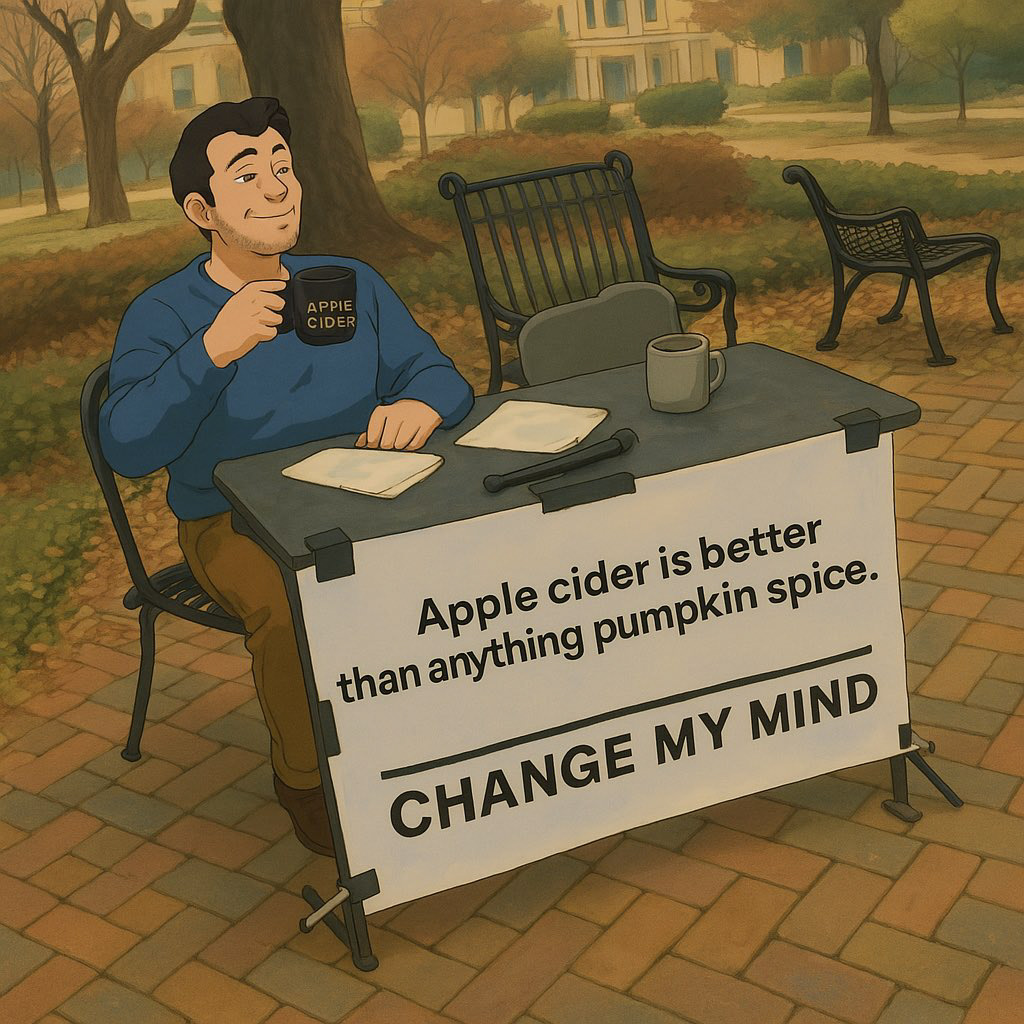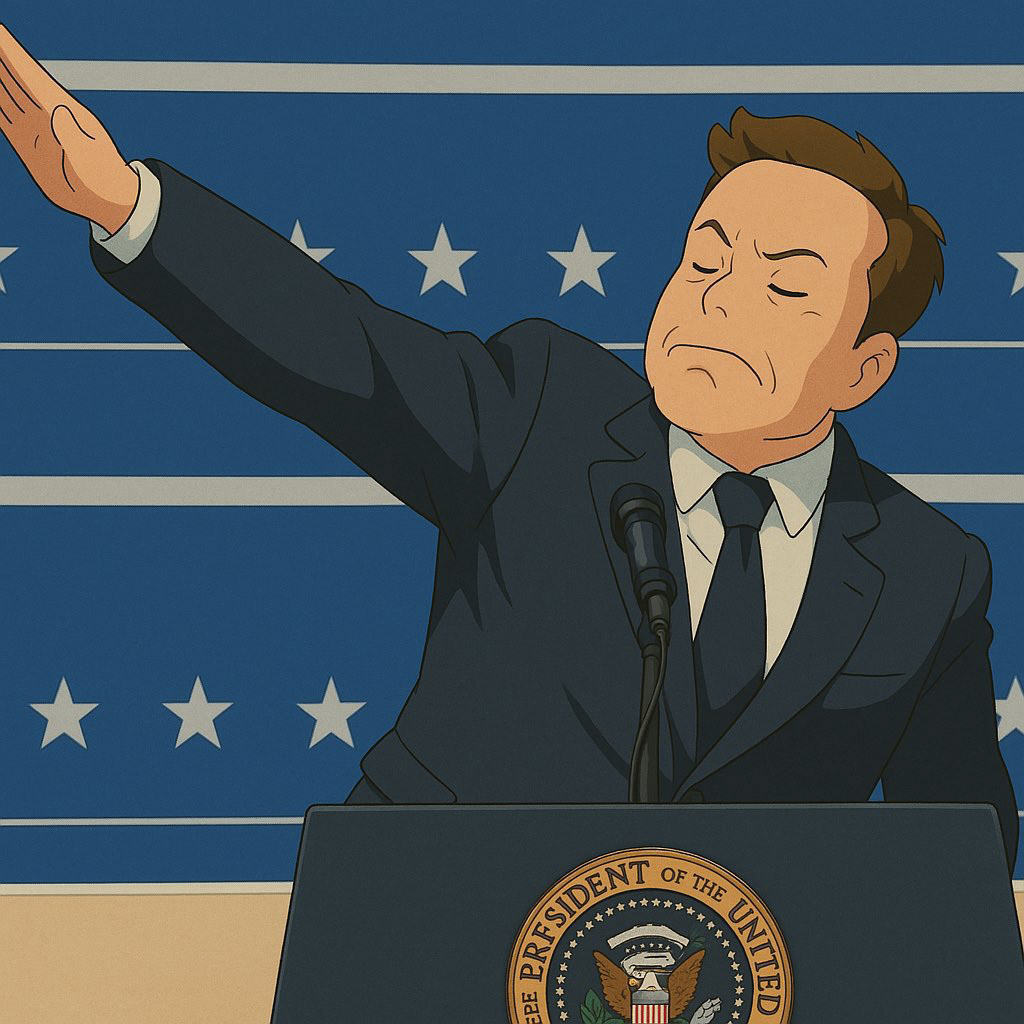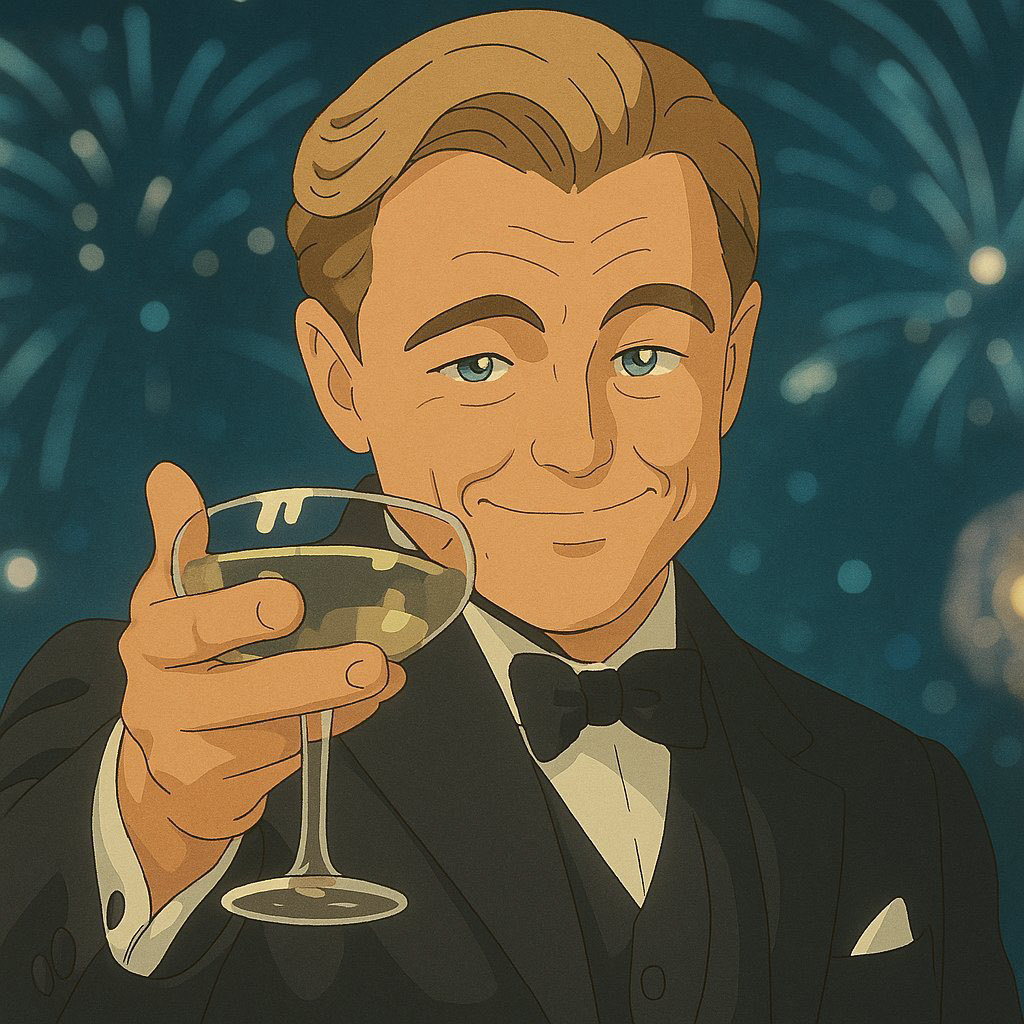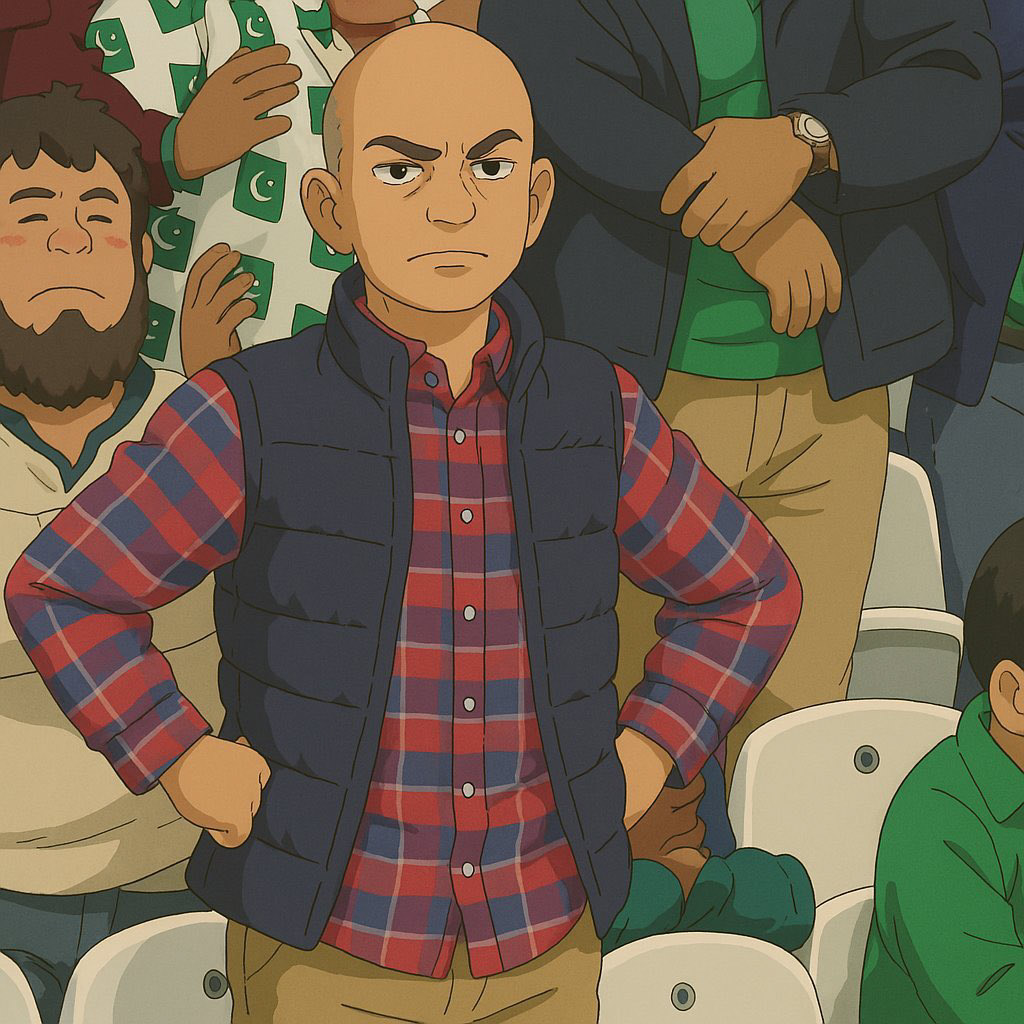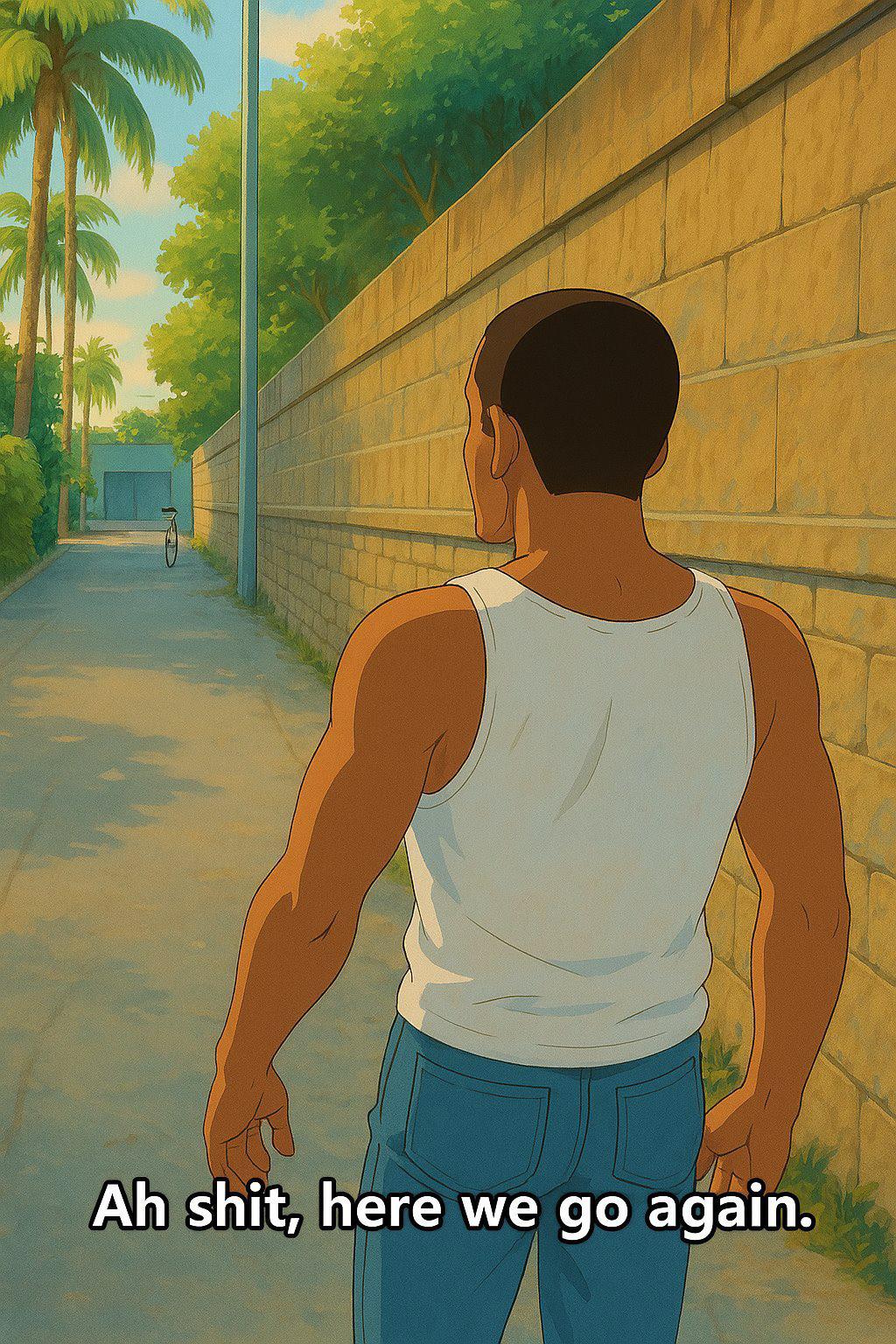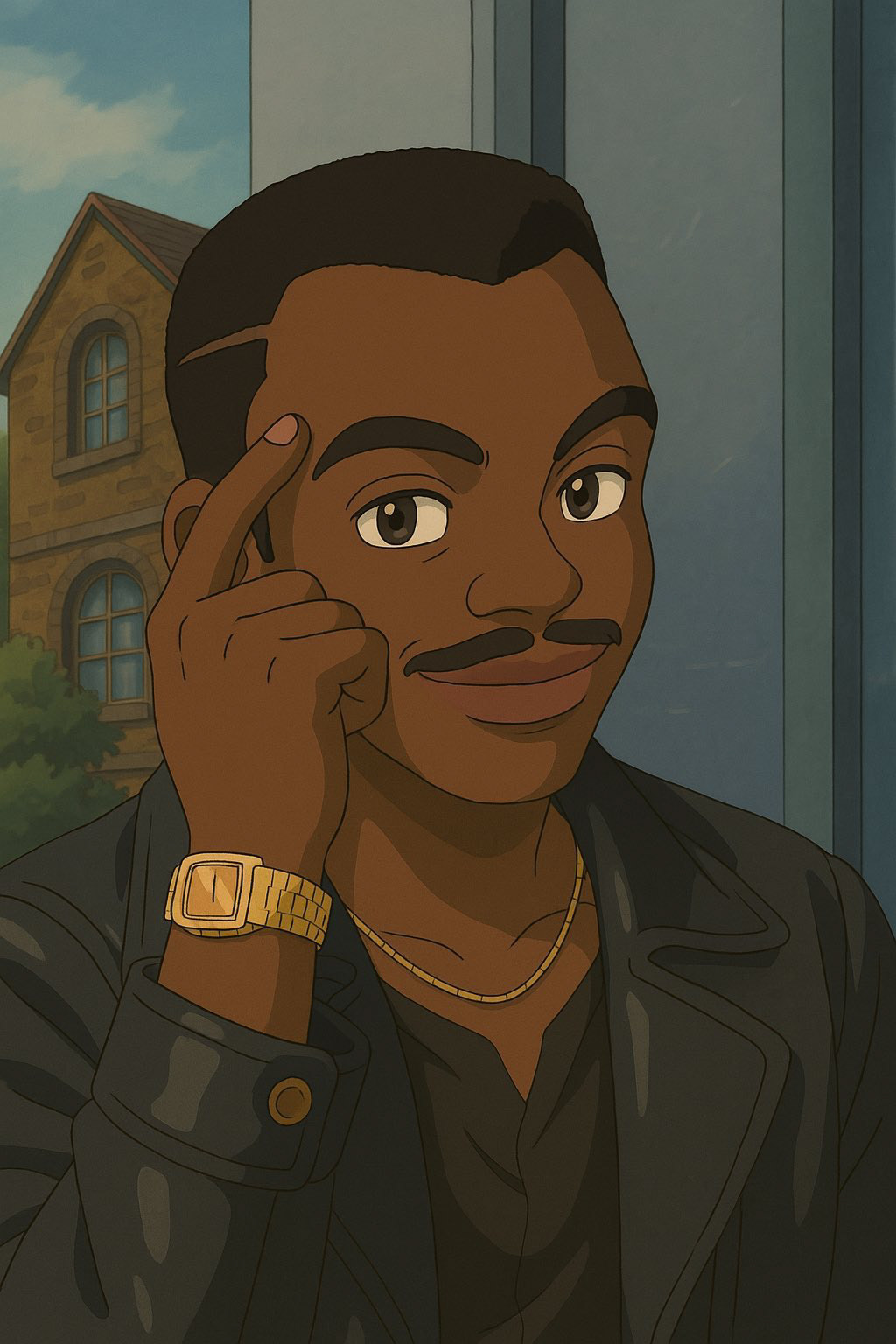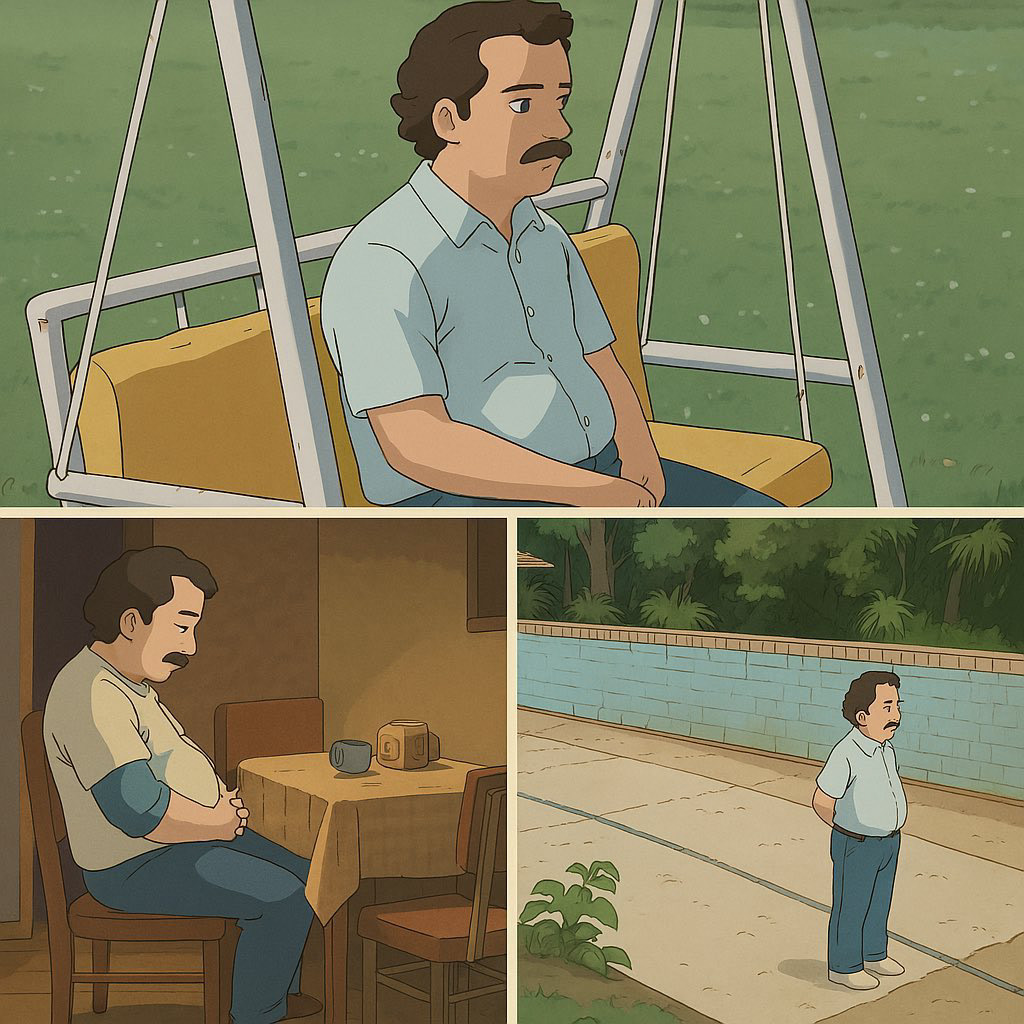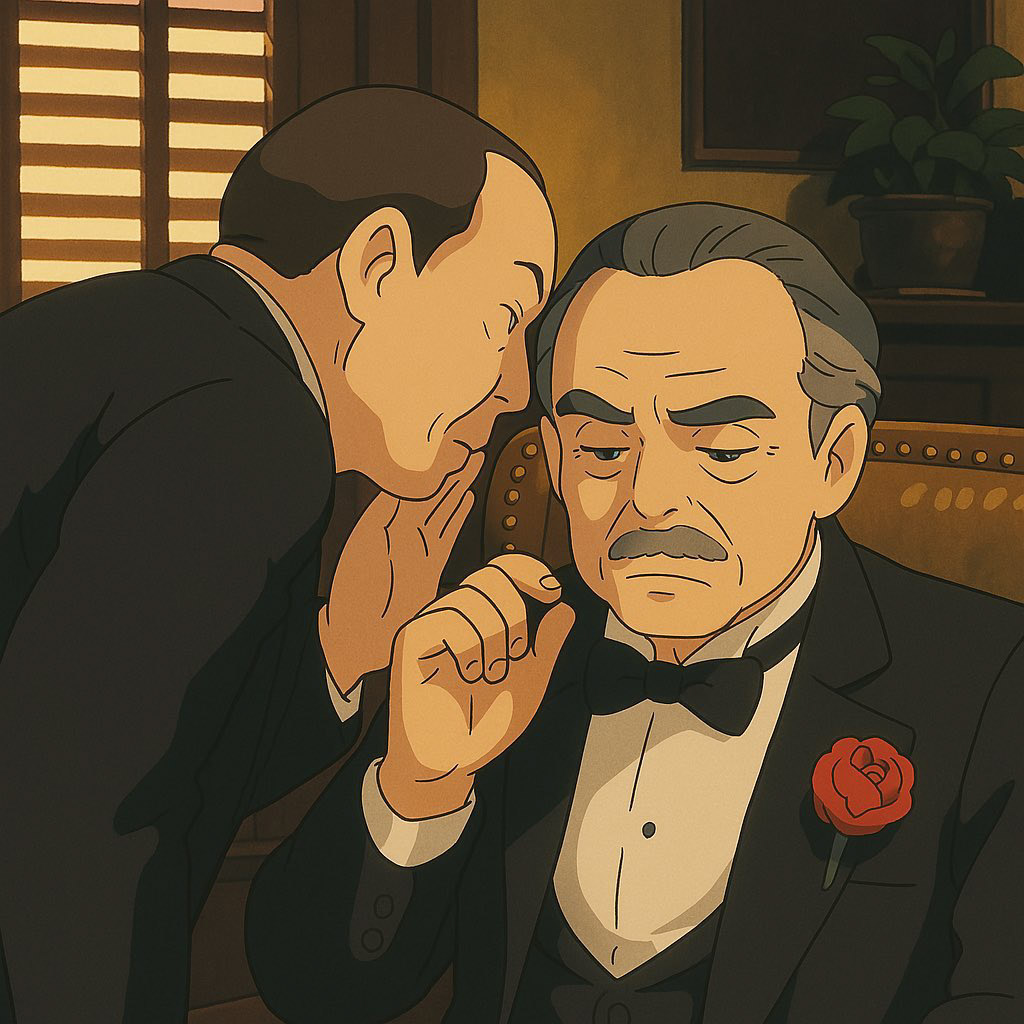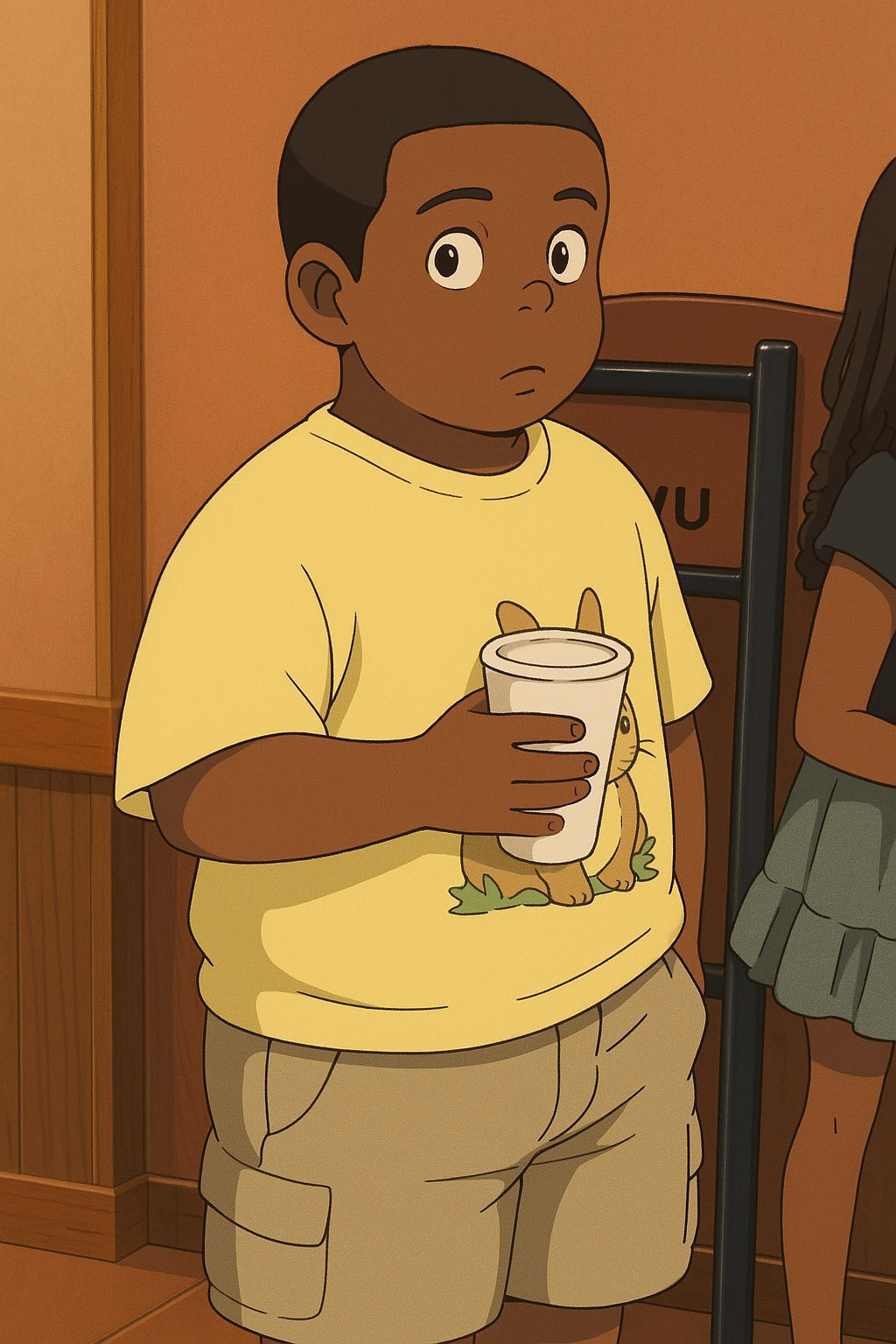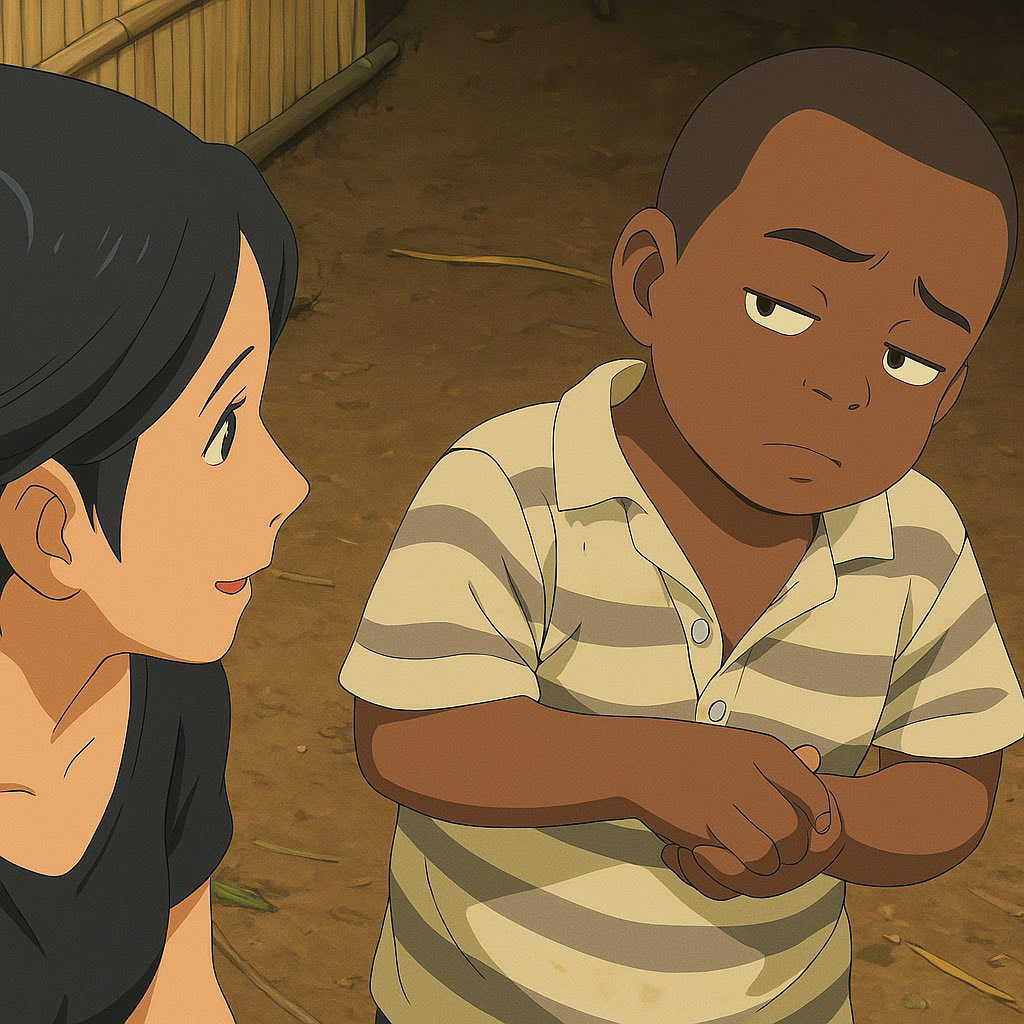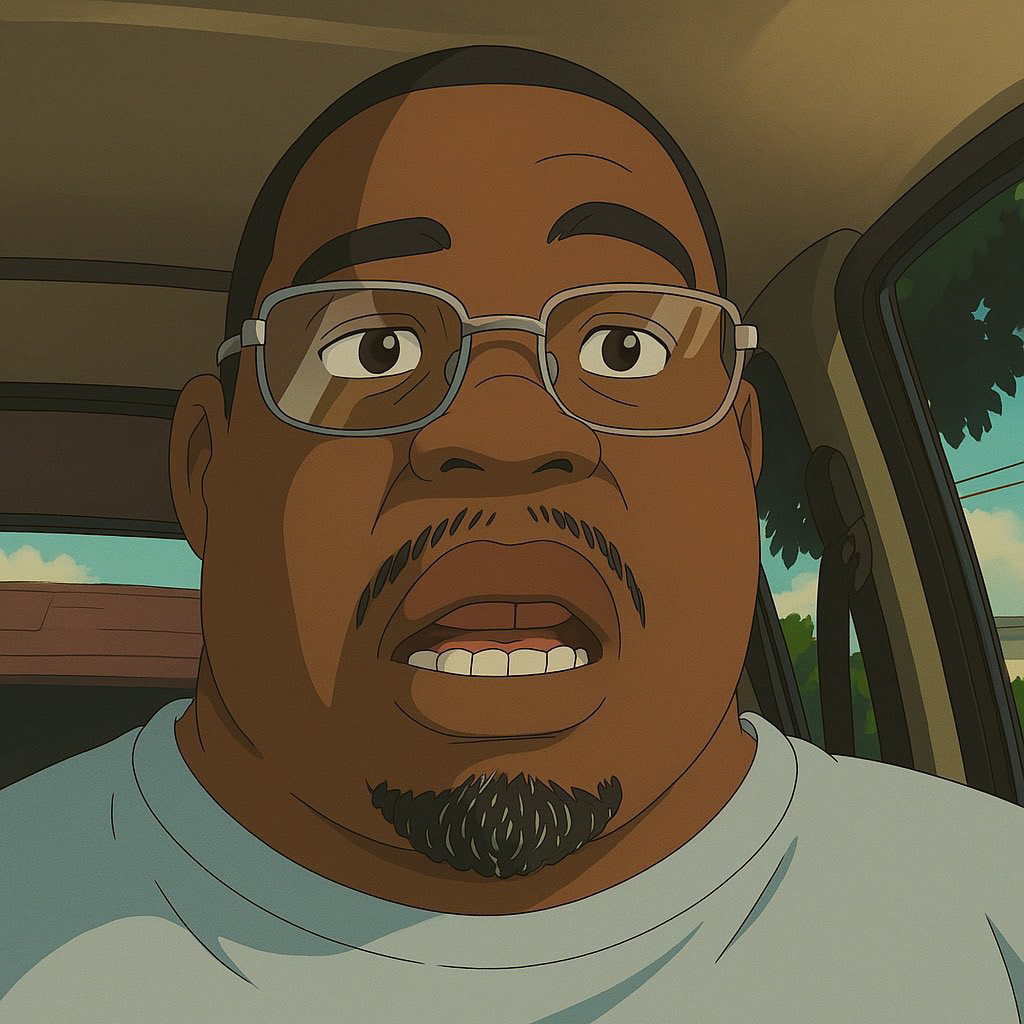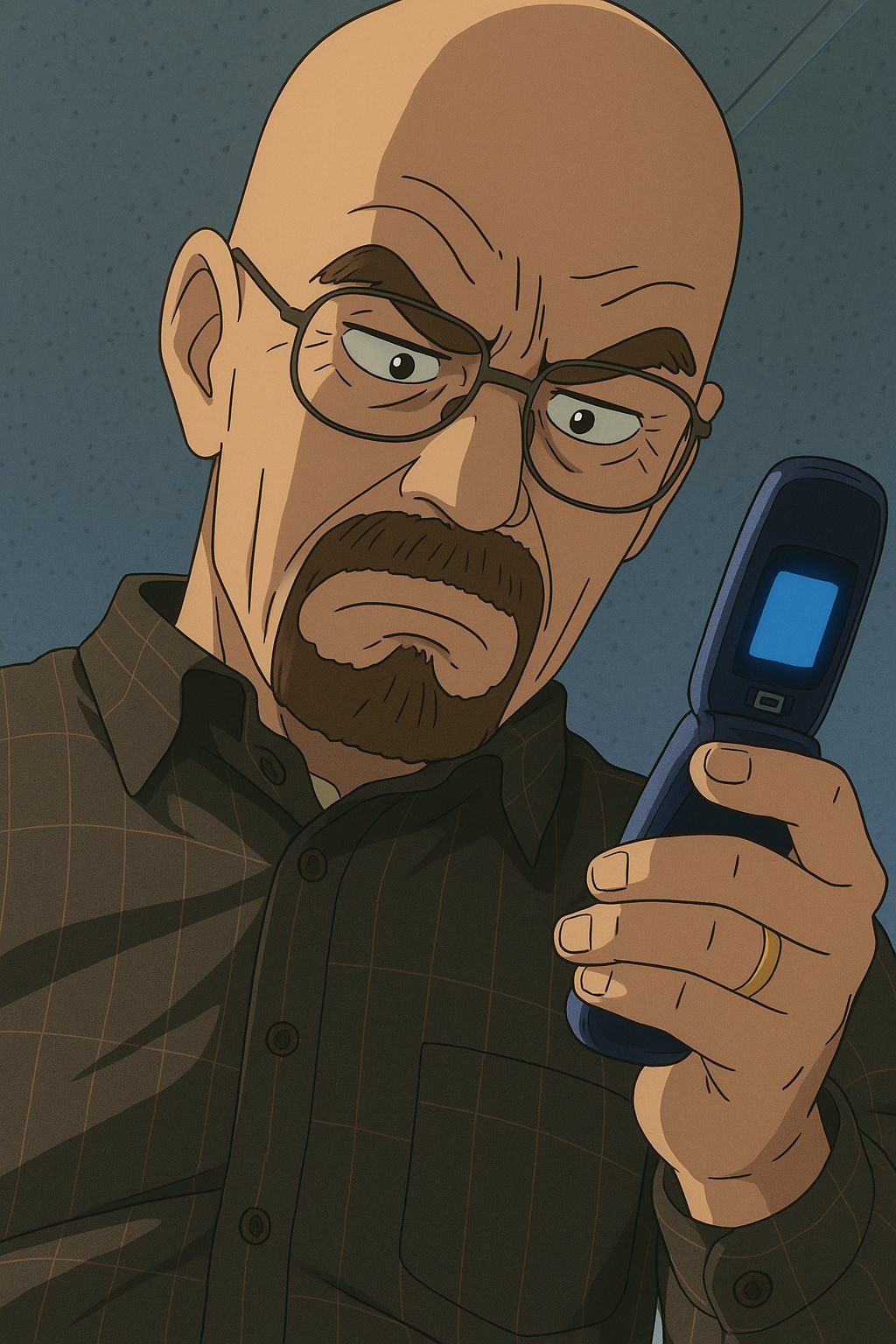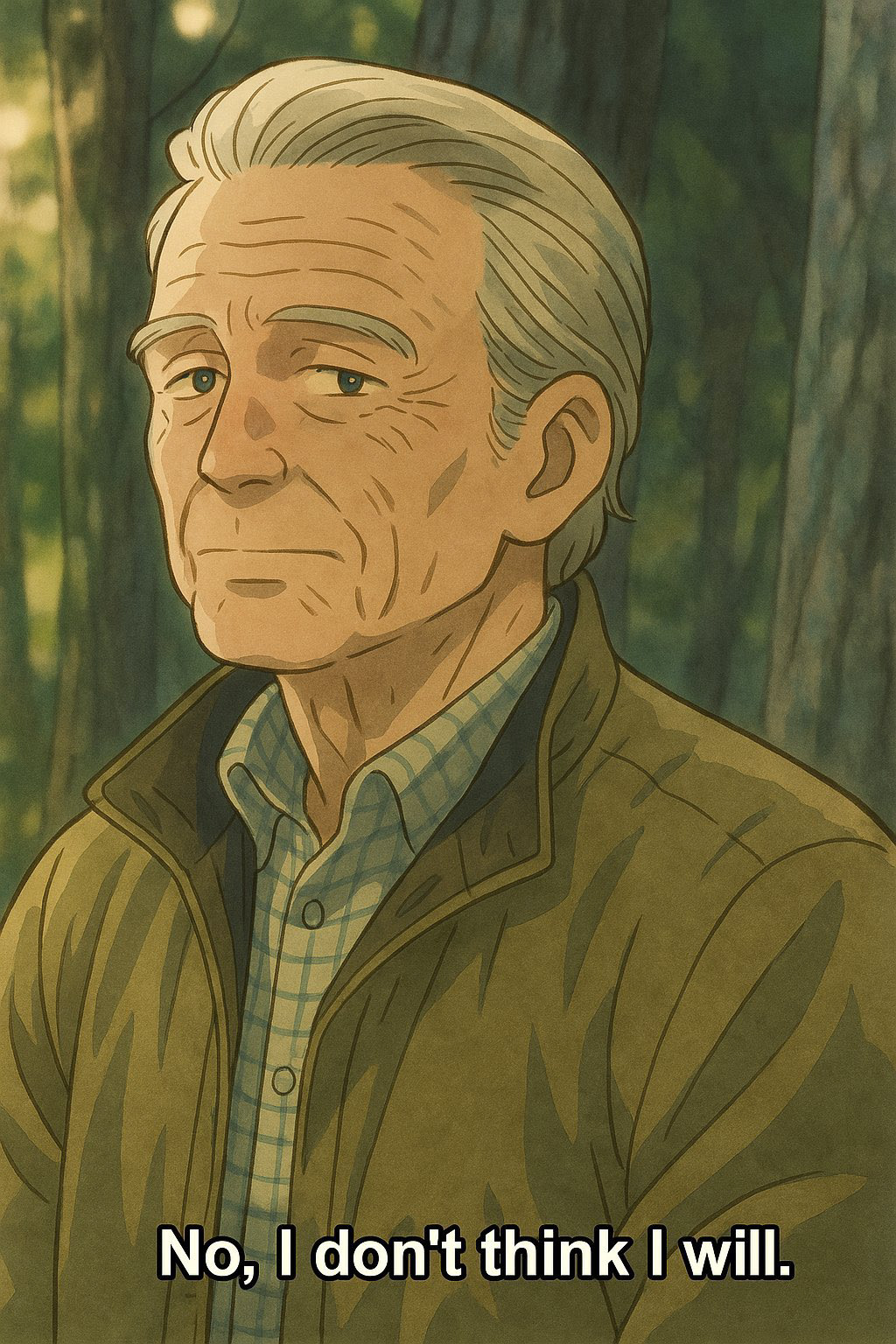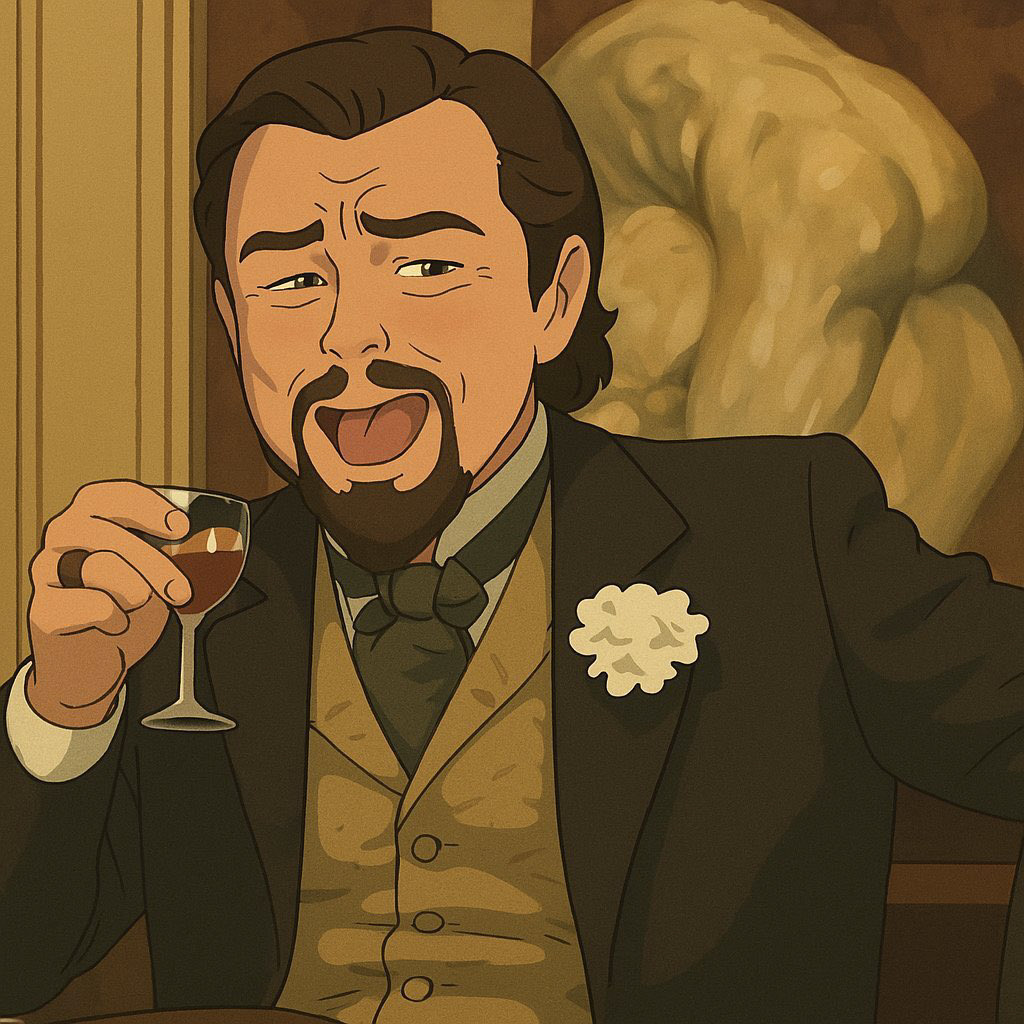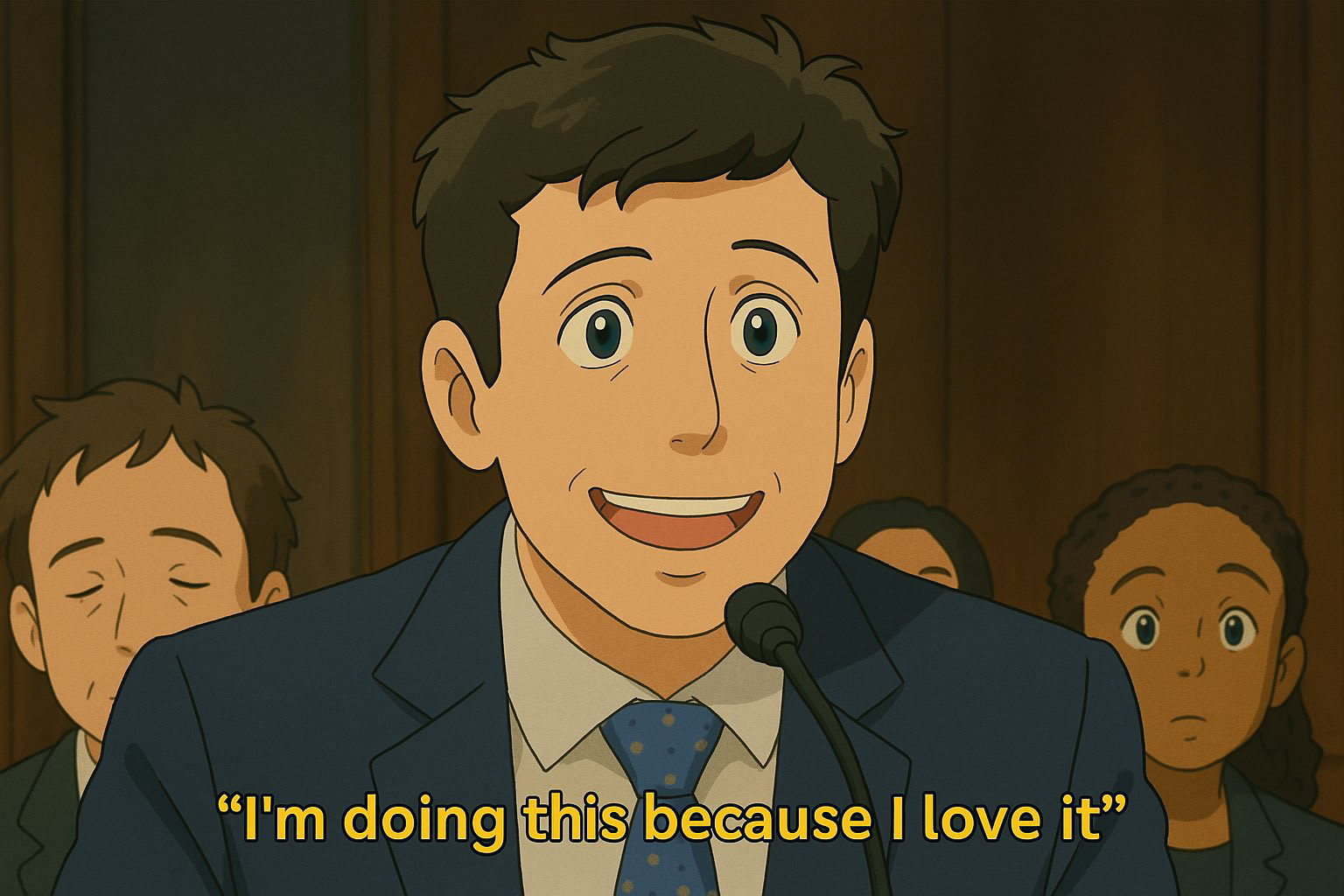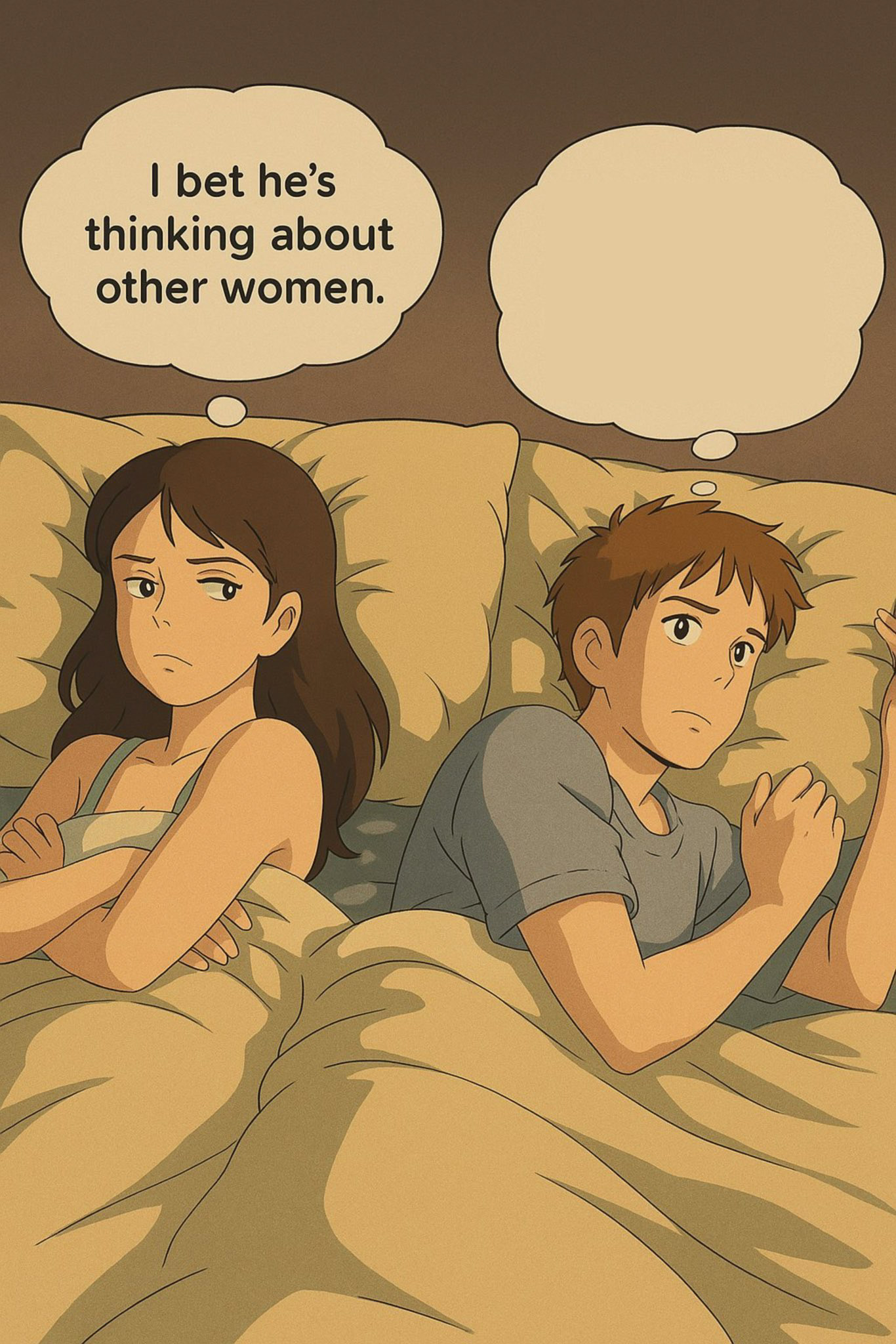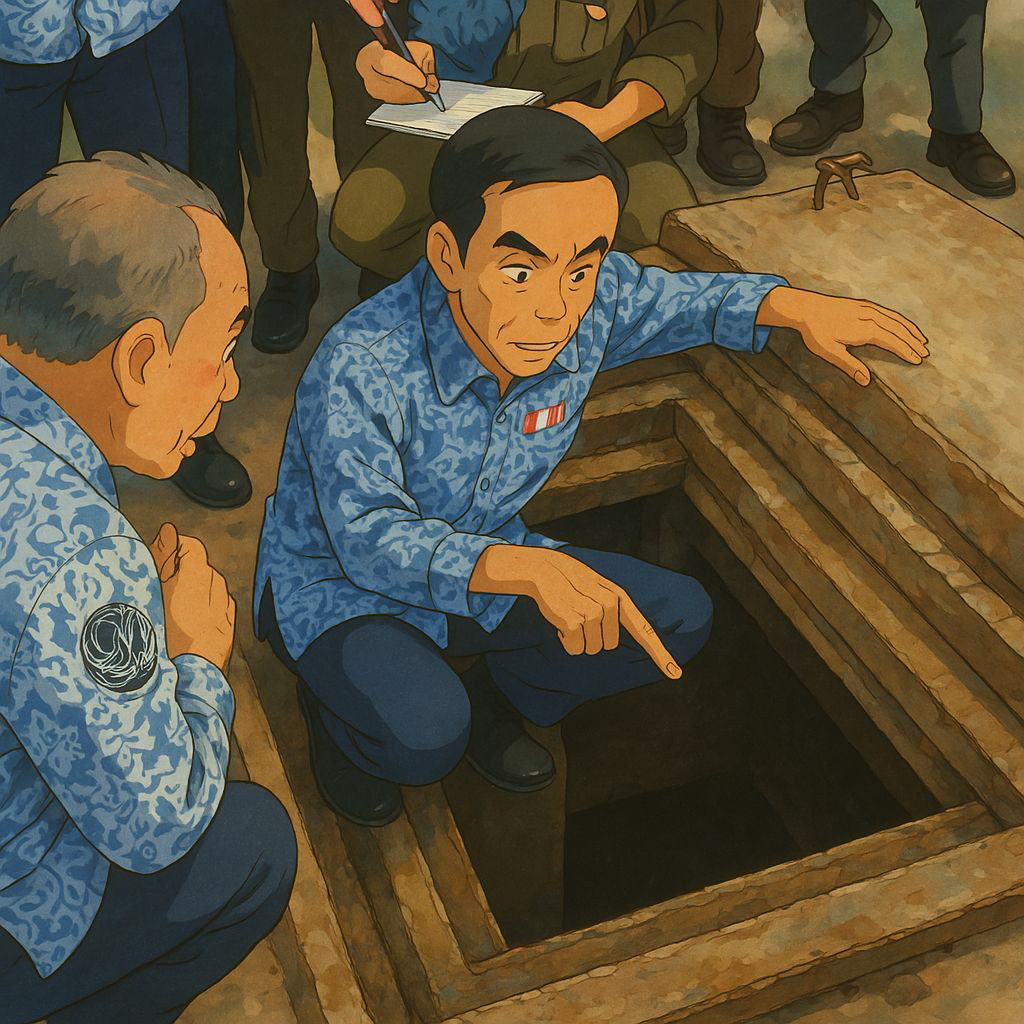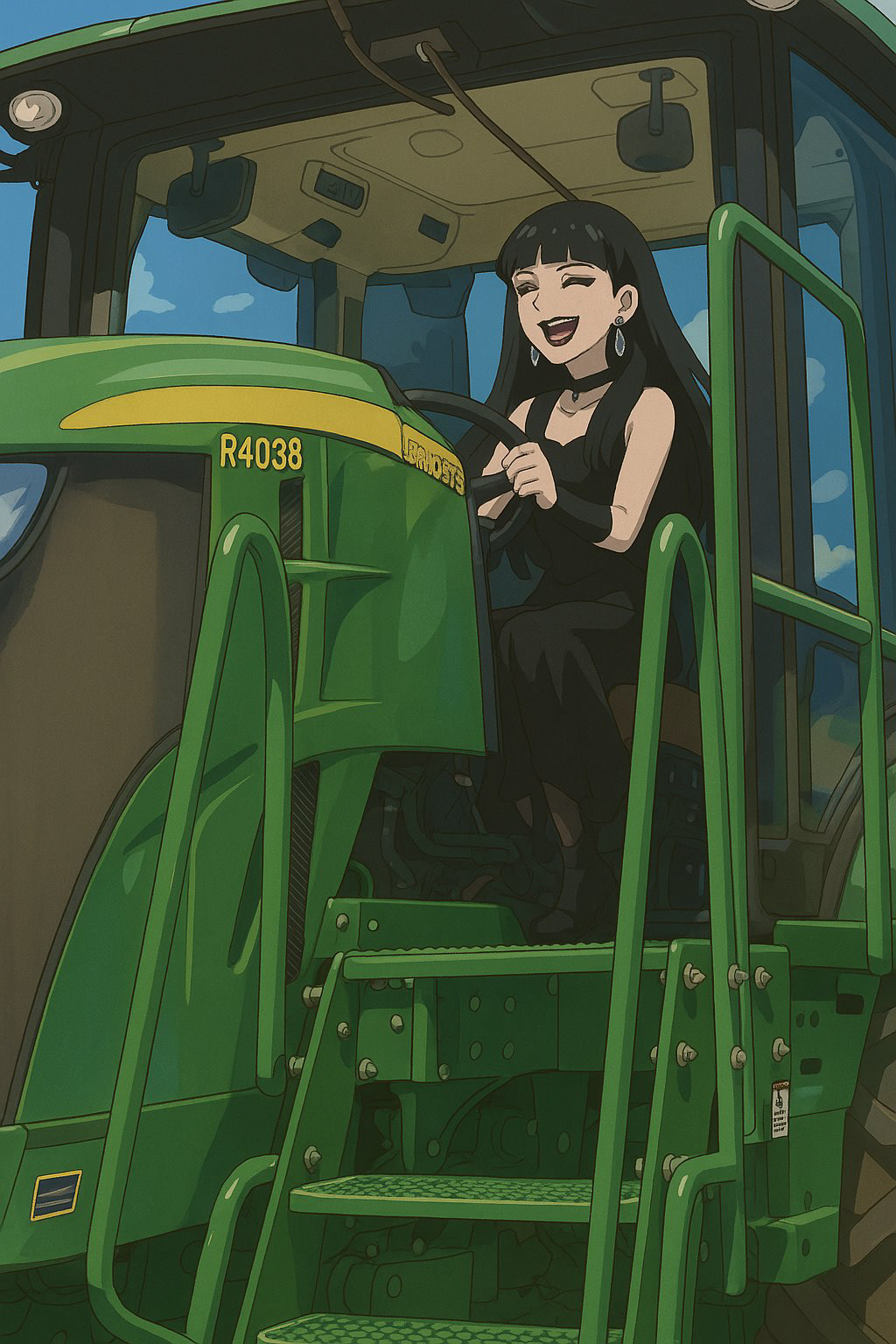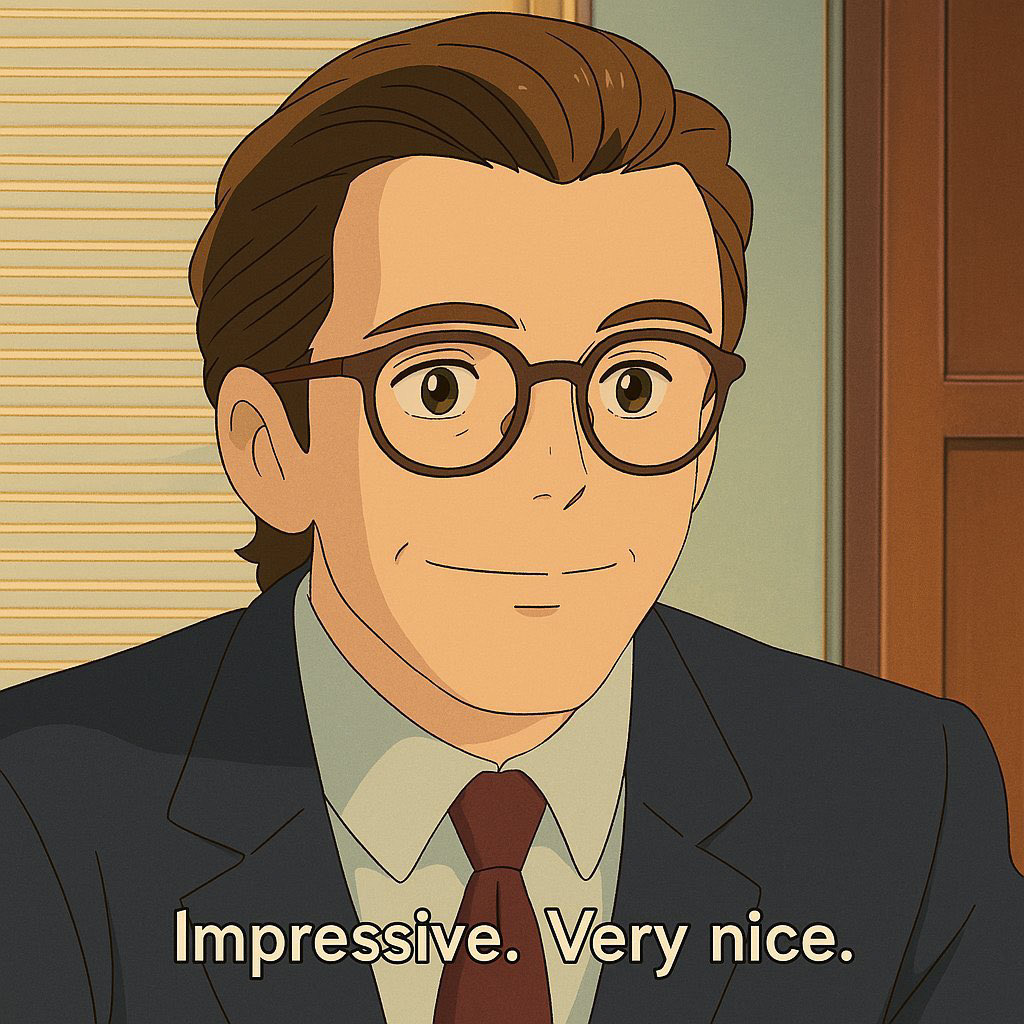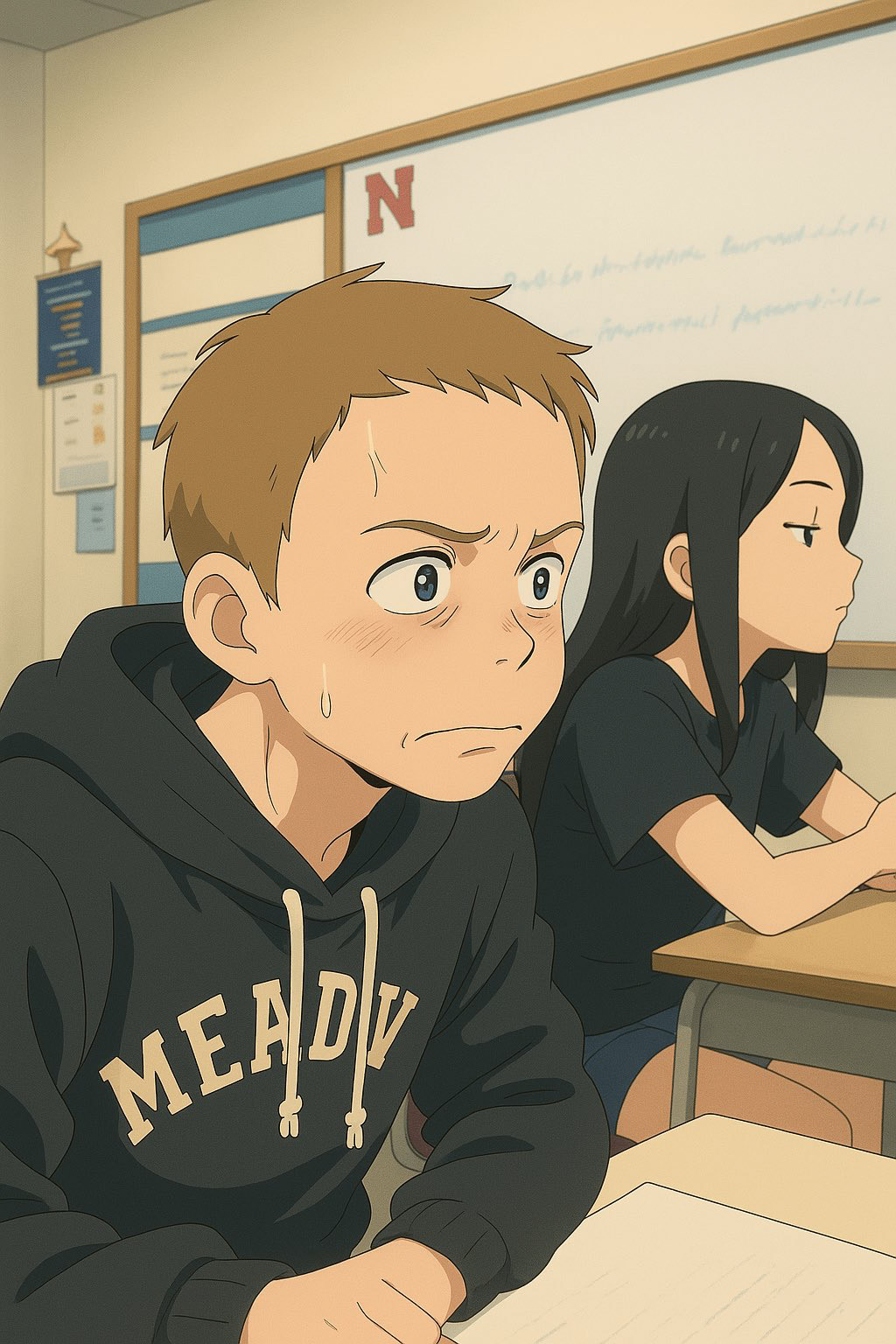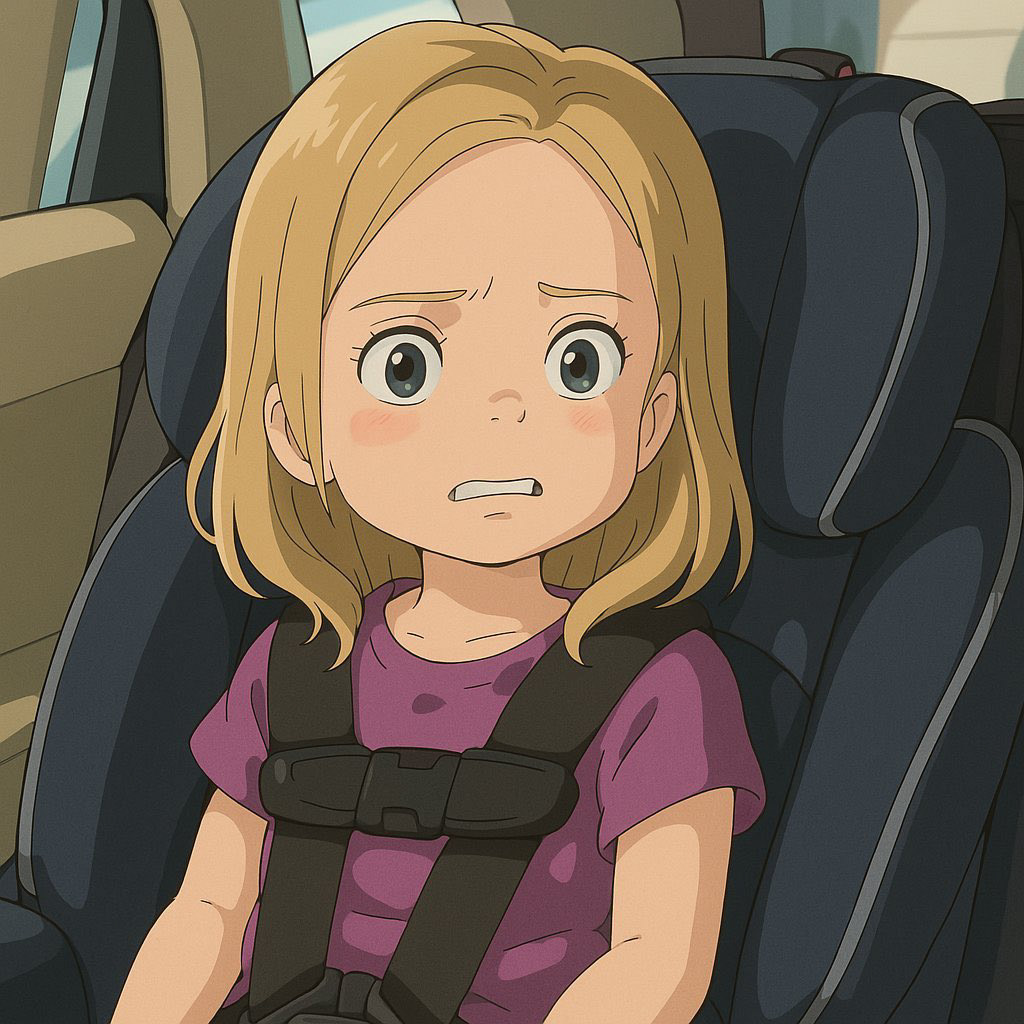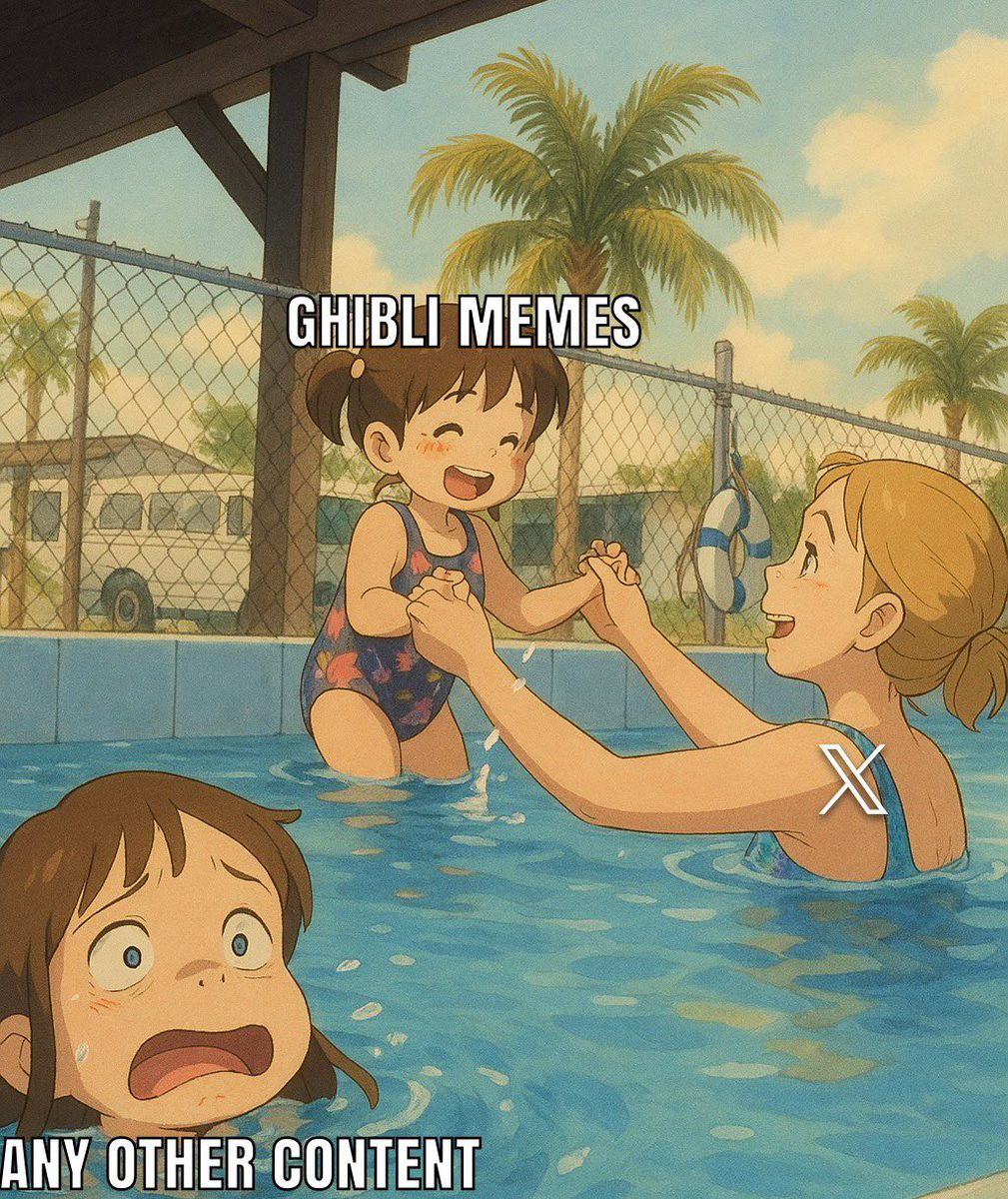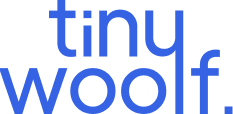The rapid evolution of artificial intelligence has sparked a heated debate within the creative community, particularly in illustration and animation. With AI tools now capable of generating art and even mimicking the distinctive styles of legendary studios like Ghibli, many illustrators and animators are questioning their place in the industry.
The Rise of AI in Creative Fields
AI-driven art generators have grown exponentially in their ability to create detailed illustrations and animations. OpenAI’s latest feature, which allows users to transform images into a Studio Ghibli-like aesthetic, has gone viral. While some see it as a fun and creative tool, others argue that it undermines the artistic integrity of original hand-drawn animation. (The Verge)
At TinyWoolf, we believe that true artistry comes from a balance between technology and human creativity. Our design philosophy embraces innovation while preserving the essence of handcrafted visuals, ensuring that brands and artists maintain a unique voice in an evolving digital landscape.
Studio Ghibli’s Stance on AI-Generated Art
Studio Ghibli co-founder Hayao Miyazaki has long been a critic of AI in art. In a famous 2016 interview, he reacted to an AI animation demo by saying, “I strongly feel that this is an insult to life itself.” (The Atlantic) Miyazaki’s dedication to hand-drawn animation is legendary, and many animators fear that AI-generated art could devalue the craftsmanship that defines Ghibli’s work.
Legal and Ethical Challenges
One of the biggest controversies surrounding AI-generated art is copyright and ownership. While a specific piece of artwork can be protected under copyright law, an artistic style is much harder to safeguard. This means AI can mimic the Ghibli style without directly copying any existing artwork, creating a legal gray area that makes it difficult for artists and studios to protect their work. (Business Insider)
At TinyWoolf, we understand the importance of originality and storytelling. Our multidisciplinary design studio helps brands craft visual identities that stand out, ensuring their creative voice is not lost in an era of automation.
The Broader Impact on Illustrators and Animators
AI has already begun to disrupt creative industries in significant ways:
- Job displacement: AI tools can generate assets quickly, reducing the need for human illustrators and concept artists.
- Ethical dilemmas: Many AI models are trained on copyrighted works without consent, raising concerns about intellectual property theft.
- New opportunities: Some artists see AI as a tool rather than a threat, using it to enhance workflows rather than replace human creativity. (The Verge)
Finding Balance Between AI and Human Creativity
The AI revolution in art is inevitable, but how the creative industry adapts will define its future. Some argue that AI should be used as a supplement rather than a replacement—helping artists speed up repetitive tasks while keeping the core of creativity human-driven. Others advocate for stricter regulations to ensure that AI-generated art does not devalue human labor.
As AI continues to evolve, the challenge will be finding a balance that allows for innovation without sacrificing the artistic soul that makes illustration and animation so special.
At TinyWoolf, we champion this balance, merging thoughtful design with forward-thinking strategies. If you're looking for a creative partner who values originality in a world of automation, check out TinyWoolf.com.
What do you think? Should AI be embraced or regulated more strictly in the art world?
